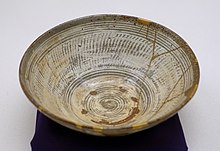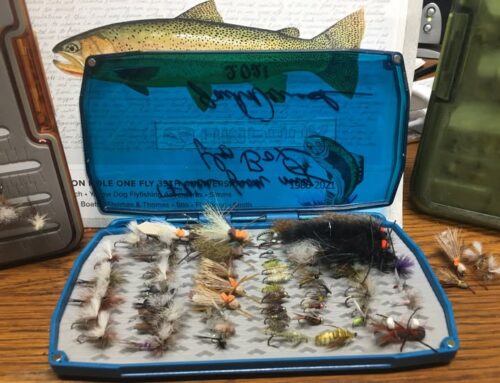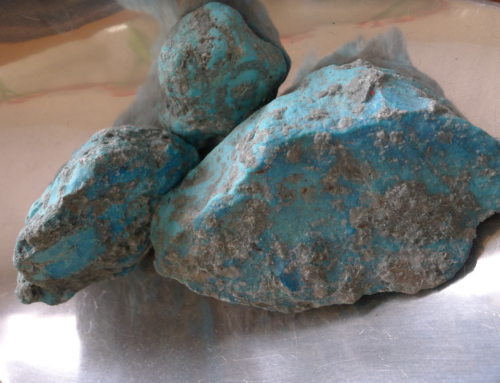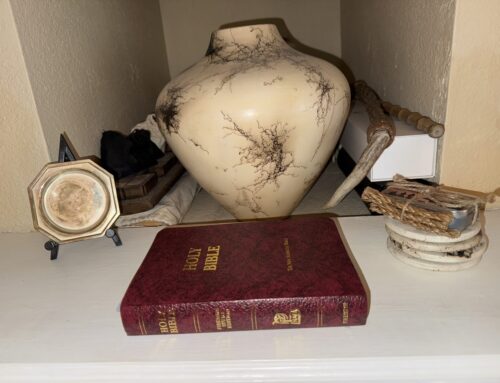Kintsugi: What a Broken Bowl Can Teach Us
Make do and mend. Sometimes it takes imagination to see potential. A little goes a long way. A little goes a long way. Useful fragments. Perfectly imperfect. An imperfect perfection created by time. Worn objects have a story to tell. Stripping something back to its natural state let’s you see the materials for what they are. Keeping it simple. Metal that has been clouded by time is sublime. Wabi-Sabi appreciates the natural world.
There is joy in the art of making. The handmade can often be thrifty and ingenious. Small pleasures, rethinking the ordinary. Put to good use. Flexible living. Simplicity as an aesthetic ideal. Soulful simplicity. Tune into nature. Things change, that’s life. Rich is the person that is content with what they have. Hypocrisy is preached by the world’s biggest hypocrites.
Find beauty in every day life. Create small rituals to bring us to the present. I don’t know. When everyone dies, then we will see.
The remaining is adapted from an article by ALIA HOYT
The 15th-century art of kintsugi, which translated means “golden joinery,” reclaims the beauty of a damaged object.
It all began when the Japanese tea ceremony, Chanoyu, became popular. Legend holds that a Japanese shogun so wanted his broken Chinese tea bowl repaired that he sent it to China to be fixed. He was dismayed at the metal stitches used to piece it back together and asked local craftsmen to mend it. The result was a stunning new piece that emerged from the fragments, with golden seams tracing the places where the bowl had cracked.
The art form uses lacquer, mixed with a precious metal like gold, platinum or silver, to literally fill in the cracks of a broken ceramic or pottery piece. Unlike many other methods of repair, kintsugi doesn’t try to hide the damaged areas. In fact, the glittering lacquer substance draws attention to the cracks.
Morty Bachar and Patty Storms of Lakeside Pottery describe kintsugi on their website as giving “new life to damaged or aging ceramic objects by celebrating their frailty and history. One can consider how we might live a kintsugi life, or ‘rebirth’ finding value in the cracks, missing pieces and chips – bringing to light the scars that have come from life experiences, finding new purpose through aging and loss, seeing the beauty of imperfection and loving ourselves, family and friends despite flaws.”
“Broken,” the latest episode from The Stuff of Life podcast, looks at this idea of brokenness in our world, from a personal and political perspective, and how, ultimately, we can gain strength from it.
The bonding composites originally used for Kintsugi to mend the broken parts bonding gold powder is made out of Urushi lacquer wish is the sap of a tree that grows in East Asia. This sap has high toxicity if touched before hardening creating the same reaction as poison Ivy and dangerous to breath. The epoxy and the gold powder bonding synthetic resins used similarly to the traditional method. However, they are easier to source, safer create stronger bond and better longevity performance. The compound and the metal alloy currently being used are easier to work with and look nearly the same, if time is taken the repairing the piece slowly, and painting with a very fine tipped utensil, such as dental implements:
- Re-glue pieces back together with PC Products 16619 PC-Super Epoxy Two-Part Epoxy Adhesive Paste
- Fill in missing pieces with PC Epoxy Paste, cleaning after 15 minutes any extra residue with exact-o knife and lacquer remover
- Mix gold, silver or bronze powder with two party epoxy and paint on using fine brush or dental cleaning tools (or traditional method involves painting on non-toxic lacquer and then dusting and burnishing with gold powder)






